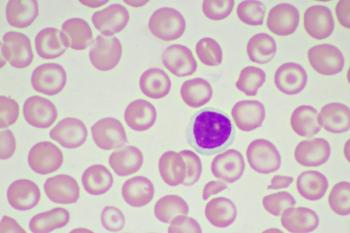
Thalassemia, a chronic blood condition that reduces hemoglobin levels, requires a hands-on approach from pharmacists in patient monitoring and diagnosis.

Thalassemia, a chronic blood condition that reduces hemoglobin levels, requires a hands-on approach from pharmacists in patient monitoring and diagnosis.

Circulating lactate is increased in patients with myelofibrosis and corresponds with the remodeling of lactate export channel monocarboxylate transporter 4, suggesting a link with fibrosis establishment.

If approved, HLX11 could offer a more cost-effective alternative to pertuzumab for the treatment of human epidermal growth factor receptor 2-positive breast cancer.

BR55, an injection of perfluorobutane/nitrogen lipopeptide-coated microbubbles, could aid in the detection of angiogenesis and allow for earlier diagnosis in patients with Crohn disease.
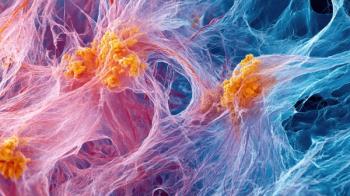
The therapeutic vaccine could provide patients with a non-surgical alternative to traditional treatment approaches.

These findings can lay the foundation for the development of machine learning models in chronic kidney disease (CKD) and kidney failure.

Age, body mass index, and male sex are also associated with the development of diabetes.

The quadruple treatment was active and safe as initial therapy for older patients with transplant-ineligible multiple myeloma.
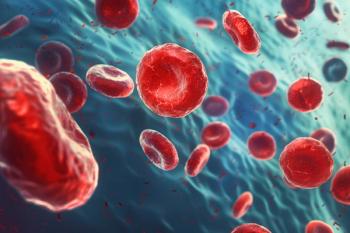
Ming-Hei Tai, PharmD, BCOP, shares his concerns about the AQUILA trial and use of daratumumab for smoldering multiple myeloma.

The prevention of preeclampsia may reduce severe maternal morbidity (SMM) risk in pregnant people.

The designation builds on previous regulatory action for ADI-001 and allows for expedited development of the treatment for systemic lupus erythematosus.

Often an indicator of fibrosis or damage to the heart, late gadolinium enhancement was found to be unaffected by the administration of intravenous immunoglobulin (IVIG) in pediatric patients with myocarditis.

The demands of the pharmacy profession—long hours, high stress, and emotional strain—can take a toll on pharmacists’ well-being.

Edward Kim, MD, MBA, discusses critical points of patient leakage in precision medicine, emphasizing the role of multidisciplinary teams in streamlining care, managing medications, and improving patient outcomes.

Ulipristal is a progesterone receptor modulator that prevents pregnancy by blocking the release of an egg from the ovary and inhibiting implantation in the uterus.

The Trop-2-tagreting antibody drug conjugate facilitated improved intracranial penetration with favorable tolerability.

Edward Kim, MD, MBA, highlights the challenges of patient disengagement, data fragmentation, and provider education in precision medicine, emphasizing the need for personalized approaches to enhance patient outcomes, particularly in oncology.

The initiative will provide information about care models for specialists and clinical teams to improve patient outcomes in heart failure.
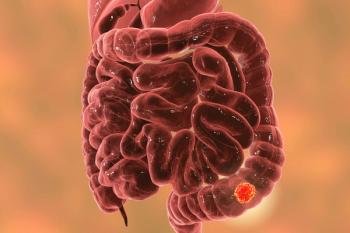
Encorafenib in combination with cetuximab and mFOLFOX6 met its dual primary end point of overall response rate of 61%.

Diabetic macular edema (DME) is the leading cause of new blindness in the US.

Gold bagging integrates health system-owned specialty pharmacies with clinical workflows to enhance safety, efficiency, outcomes, and patient experience.

The study results build on the “obesity paradox,” which suggests that patients with cancer and obesity have better outcomes.

Nivolumab plus ipilimumab demonstrated a 38% reduction in the risk of disease progression or death.
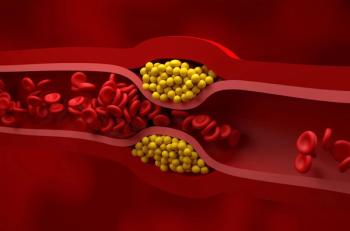
An inverse relationship was observed between genetic conditions associated with high levels of low-density lipoprotein cholesterol and the risk of developing T2D.
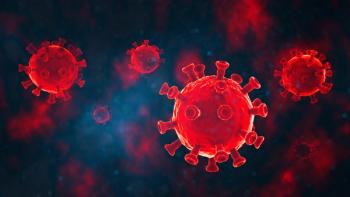
Investigators noted that the differences between the 3 respiratory infections were not as pronounced during the 2023-2024 season.

In the study, 50% of the deaths amongst patients were linked to central nervous system-related causes.
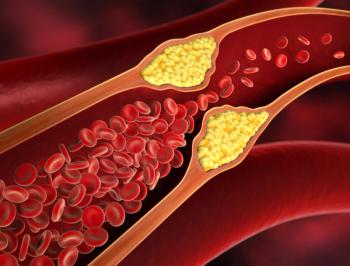
The results highlight hemoglobin A1c/high-density lipoprotein cholesterol as a potential clinical marker for long-term stroke risk.

Some risk factors for chronic kidney disease (CKD) in patients with lupus nephritis (LN) and systemic lupus erythematosus (SLE) were renal impairment, delayed diagnosis, and hypertension.

Angiotensin receptor neprilysin inhibitors show promise as an alternative to standard management of resistant hypertension.

World Cancer Day, observed annually on February 4th, is a global initiative aimed at raising awareness, reducing stigma, and promoting equitable access to cancer care, with pharmacy professionals playing a vital role in prevention, treatment, and support for patients and communities.